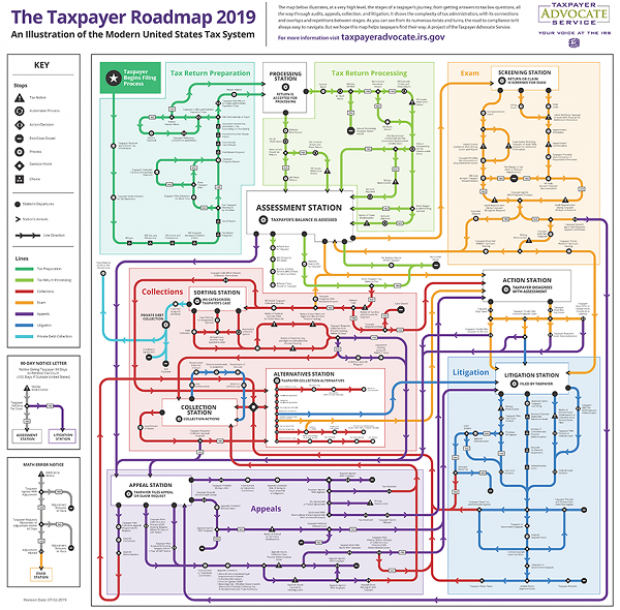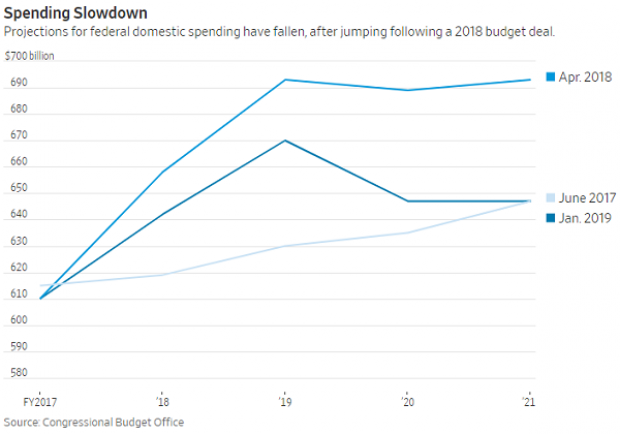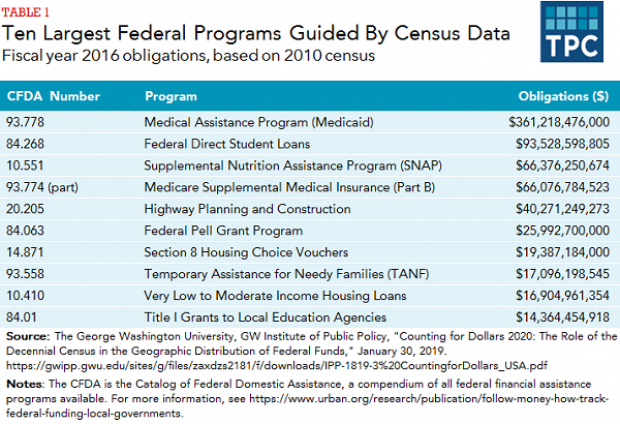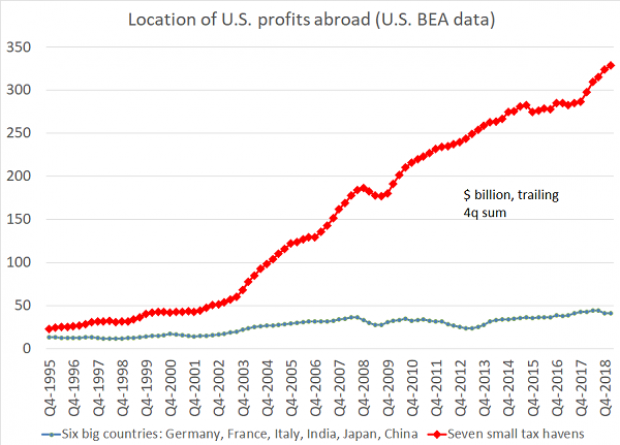Mother’s Day: Shop Tuesday for Best Deals

Looking to get a deal on a Mother’s Day gift this year? Shop this Tuesday.
That’s the day you’ll find the most coupons and discounts, according to an analysis by Savings.com of traffic and deals for Mother’s Day over the past five years. The best part, you don’t even need a coupon for many of the bargains, which tend to be heavily promoted.
One category where you’re less likely to save: Flowers. Savings.com found that prices have been steadily increasing for Mother’s Day bouquets, but purchasing a few days early from your supermarket or local florist will yield the best value. About two-thirds of consumers who plan to spend money for Mother’s Day will buy flowers, according to the National Retail Federation.
Families are planning to spend more than ever honoring their moms this year: The average American plans to shell out $172.63, up almost $10 from last year. That’s the highest amount since the NRF began its survey in 2003.
Related: What I Really Want for Mother’s Day: Priceless
The survey found that 80 percent of consumers would buy their mother a card. Mother’s Day is the third-largest card-sending holiday in the United States, with 120 million cards exchanged each year, according to Hallmark.
About a third of shoppers said they’d buy their mom clothing or apparel, and another they’d said they’d buy jewelry, according to the NRF
When it comes to shopping venues, department stores were the most popular destinations (cited by 33 percent of consumers), followed by specialty stores (28 percent) and discount stores (25 percent). A quarter of shoppers said they’d buy gifts online, down from 29 percent last year.
Map of the Day: Navigating the IRS
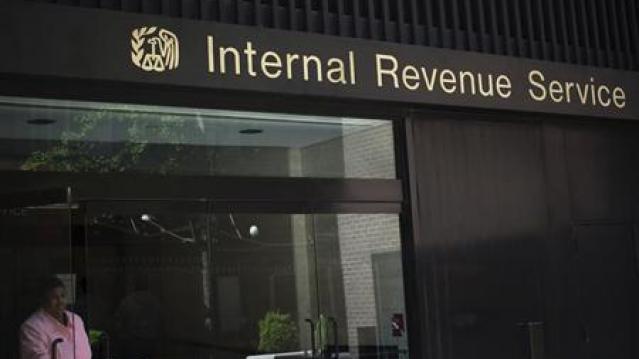
The Taxpayer Advocate Service – an independent organization within the IRS whose roughly 1,800 employees both assist taxpayers in resolving problems with the tax collection agency and recommend changes aimed at improving the system – released a “subway map” that shows the “the stages of a taxpayer’s journey.” The colorful diagram includes the steps a typical taxpayer takes to prepare and file their tax forms, as well as the many “stations” a tax return can pass through, including processing, audits, appeals and litigation. Not surprisingly, the map is quite complicated. Click here to review a larger version on the taxpayer advocate’s site.
A Surprise Government Spending Slowdown
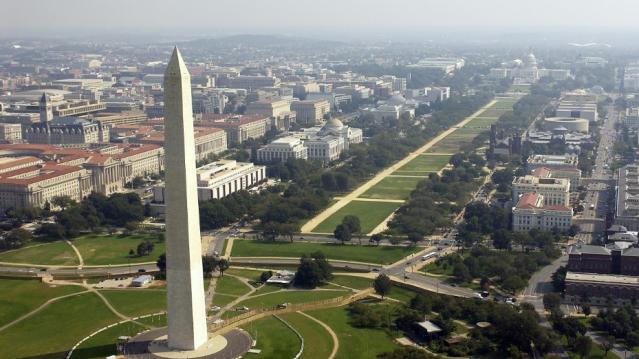
Economists expected federal spending to boost growth in 2019, but some of the fiscal stimulus provided by the 2018 budget deal has failed to show up this year, according to Kate Davidson of The Wall Street Journal.
Defense spending has come in as expected, but nondefense spending has lagged, and it’s unlikely to catch up to projections even if it accelerates in the coming months. Lower spending on disaster relief, the government shutdown earlier this year, and federal agencies spending less than they have been given by Congress all appear to be playing a role in the spending slowdown, Davidson said.
Number of the Day: $203,500
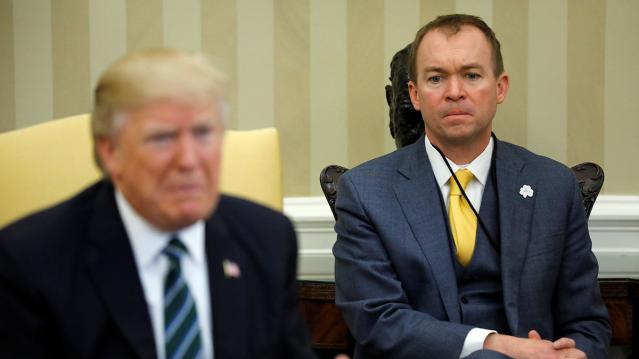
The Wall Street Journal’s Catherine Lucey reports that acting White House Chief of Staff Mick Mulvaney is making a bit more than his predecessors: “The latest annual report to Congress on White House personnel shows that President Trump’s third chief of staff is getting an annual salary of $203,500, compared with Reince Priebus and John Kelly, each of whom earned $179,700.” The difference is the result of Mulvaney still technically occupying the role of director of the White House Office of Management and Budget, where his salary level is set by law.
The White House told the Journal that if Mulvaney is made permanent chief of staff his salary would be adjusted to the current salary for an assistant to the president, $183,000.
The Census Affects Nearly $1 Trillion in Spending
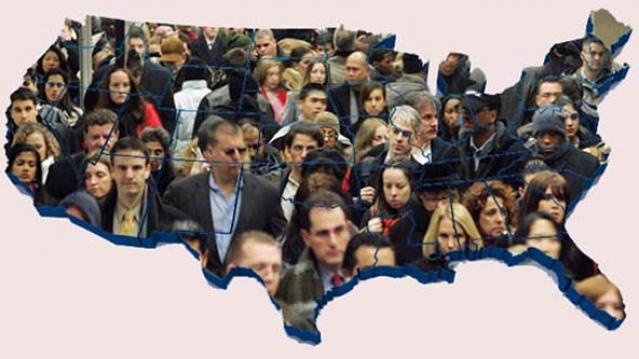
The 2020 census faces possible delay as the Supreme Court sorts out the legality of a controversial citizenship question added by the Trump administration. Tracy Gordon of the Tax Policy Center notes that in addition to the basic issue of political representation, the decennial population count affects roughly $900 billion in federal spending, ranging from Medicaid assistance funds to Section 8 housing vouchers. Here’s a look at the top 10 programs affected by the census:
Chart of the Day: Offshore Profits Continue to Rise

Brad Setser, a former U.S. Treasury economist now with the Council on Foreign Relations, added another detail to his assessment of the foreign provisions of the Tax Cuts and Jobs Act: “A bit more evidence that Trump's tax reform didn't change incentives to offshore profits: the enormous profits that U.S. firms report in low tax jurisdictions continues to rise,” Setser wrote. “In fact, there was a bit of a jump up over the course of 2018.”

